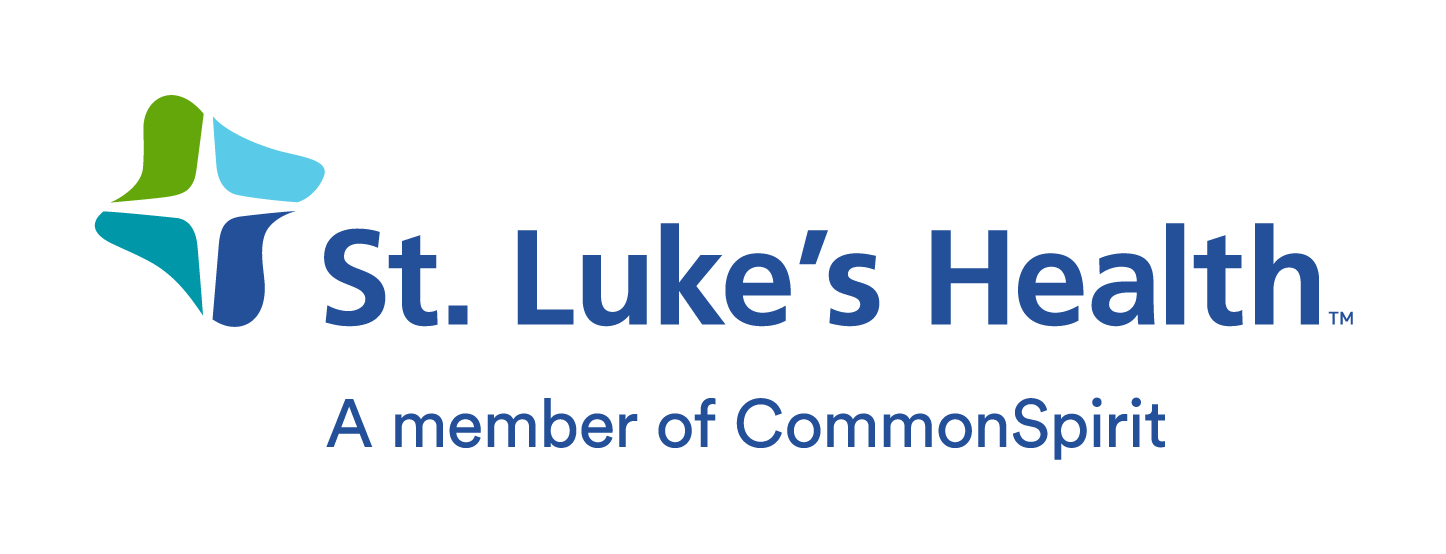Health care recruitment is often a complicated process, but when hospitals begin to embrace and incorporate more flexibility and other incentives into their hiring policies, attracting—and keeping—the best talent gets easier.
It’s not enough to offer competitive pay and traditional benefits. Health care workers, especially nurses, want flexible work options, attractive incentives and other benefits from their employers. In short, hospitals and other health care facilities need to think outside the box. Flexible schedules, ongoing training, career growth opportunities and shared decision-making are some of the programs we’re offering to attract and retain nurses at St. Luke’s Health.
Nurses Are in High Demand
It’s no secret the nation is experiencing a nursing shortage. Along with an aging baby boomer population, an increasing number of nurses who are retiring, pandemic burnout, poor work-life balance and other factors play a role. According to research published in Health Affairs, in 2021, the nursing workforce decreased by 100,000—the biggest nursing deficit the United has experienced in decades.
Highly skilled nurses are the backbone of every great health care team, but these professionals want more, so we must do more. It’s abundantly clear that the practice environment for nurses and other clinicians must change. We have to find better ways to promote work-life balance and improve job satisfaction so we can attract and retain these valuable team members.
Flesh out Your Flexibility
Flexibility is a key factor in attracting and retaining nurses. But it doesn't have to be all or nothing. There are a variety of ways to incorporate more flexible options that will satisfy staff without compromising patient care. At St. Luke’s Health and many of our other facilities, we are modifying our staffing models to appeal to both our older, most experienced nurses, as well as our younger team members.
Shared decision-making. Allowing nurses to collaborate with each other and their supervisors about scheduling decisions empowers team members. It gives nurses a voice and an opportunity to be heard and taken seriously about their work-life balance needs.
Review current care delivery models. Evaluate and then reevaluate how nurses provide care—and include them in the conversation. Could some models be adjusted to prevent burnout? It's essential to think differently about how we do our daily work. We need to be nimble and open to new ideas.
Virtual visits with mentors. Give seasoned nurses, particularly those who are retired, opportunities to return virtually to mentor those who are finishing their residency program. This can help reduce stress and improve care delivery among new recruits while giving experienced nurses the flexibility of working remotely.
Weekend shifts. One of our programs incentivizes nurses to work nights every weekend or every other weekend for a six-month period. Those who choose to participate receive flexible-based incentives along the way. This program is especially appreciated by parents who would rather not place their kids in daycare.
Multiple service areas. Offer incentives for working in different departments. If a nurse is trained in labor and delivery and is willing to work in the emergency department, offer a higher percentage of their base pay. Nurses who are willing to travel to different hospitals within your health system would also receive a different pay rate. These programs allow more flexibility while providing your organization access to a greater pool of needed resources.
Adopt advanced technology. Take advantage of technology that can help support and assist nurses in their work. St. Luke’s Health implemented a virtual sitter program to supplement patient care assistants and reduce stress for nursing staff. Virtual sitters are also cost-effective. Studies that have investigated hospitals that transitioned to virtual sitter technology revealed that the technology can lead to cost-savings and a reduction in falls.
Training and Ongoing Support
New nurses need and want continuous training and support to help them feel confident in their work. Being available for one-on-one sessions with new employees makes a difference. As team members become more comfortable with their roles, they will find it easier to give you credible feedback about how operations could be improved or changed.
At St. Luke’s Health, we're assisting in the training of new nurse residents, which includes a trial of virtual nurse preceptors. The program was initially tried on an ICU unit at Baylor St. Luke's Medical Center and has been widely accepted by the nursing team.
Ease of Application Process
When people are applying for a job, the ease of the application process matters. This may seem like common sense, but if potential staff experience any bumps along the road during the application and interview process, they may sense red flags about the organization. Consider the following techniques to help your organization feel approachable:
Improve ease of navigation to your online application. Potential recruits should be able to locate and fill out an application easily.
Make sure the job description, roles and responsibilities are clear and precise.
Reduce time between application and outreach. Interviewees should not be kept waiting for a response. To remain competitive, recruiters should contact potential interviewees as soon as possible after application.
Reduce time between final interview and offer. Try to keep less than two weeks between the final interview and outreach for an employment offer.




